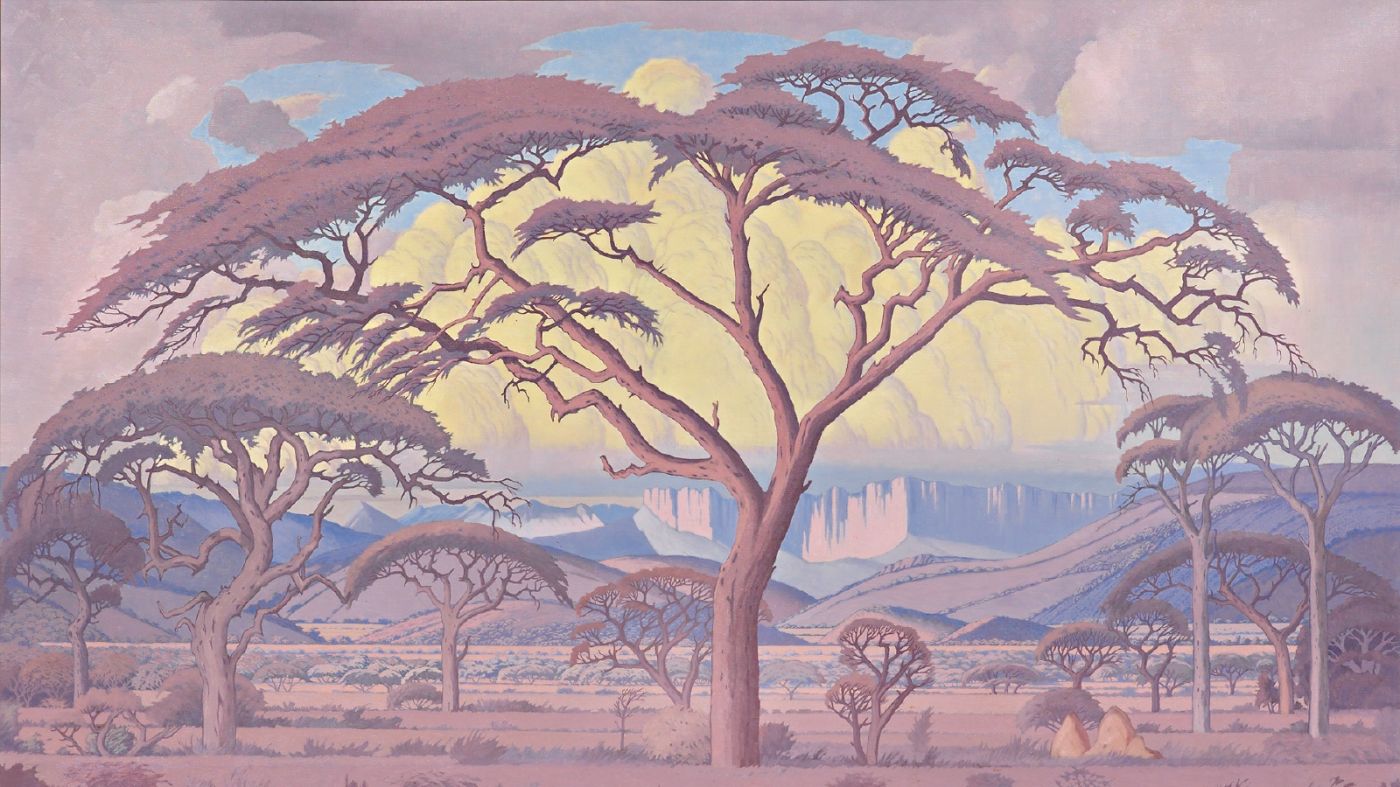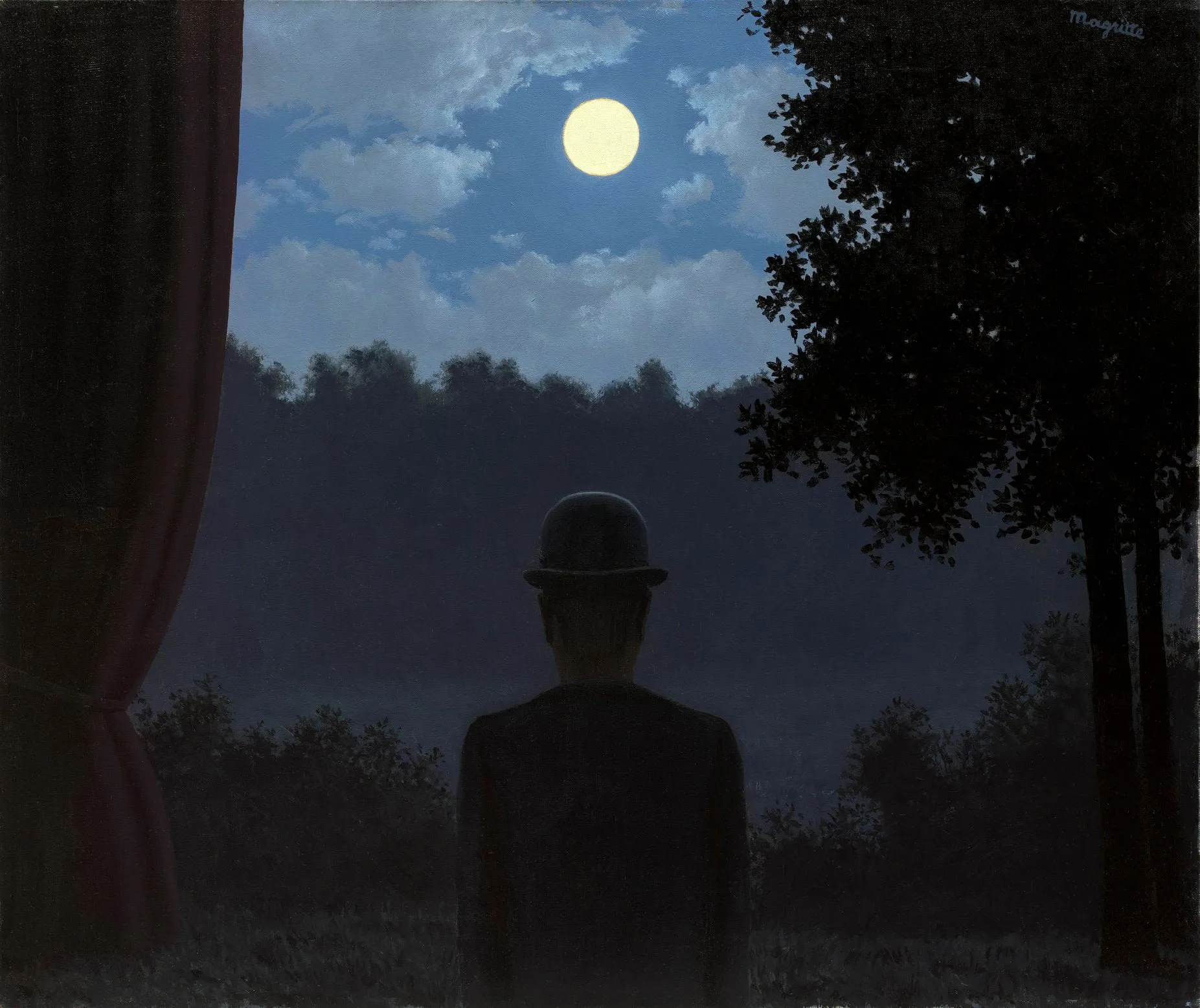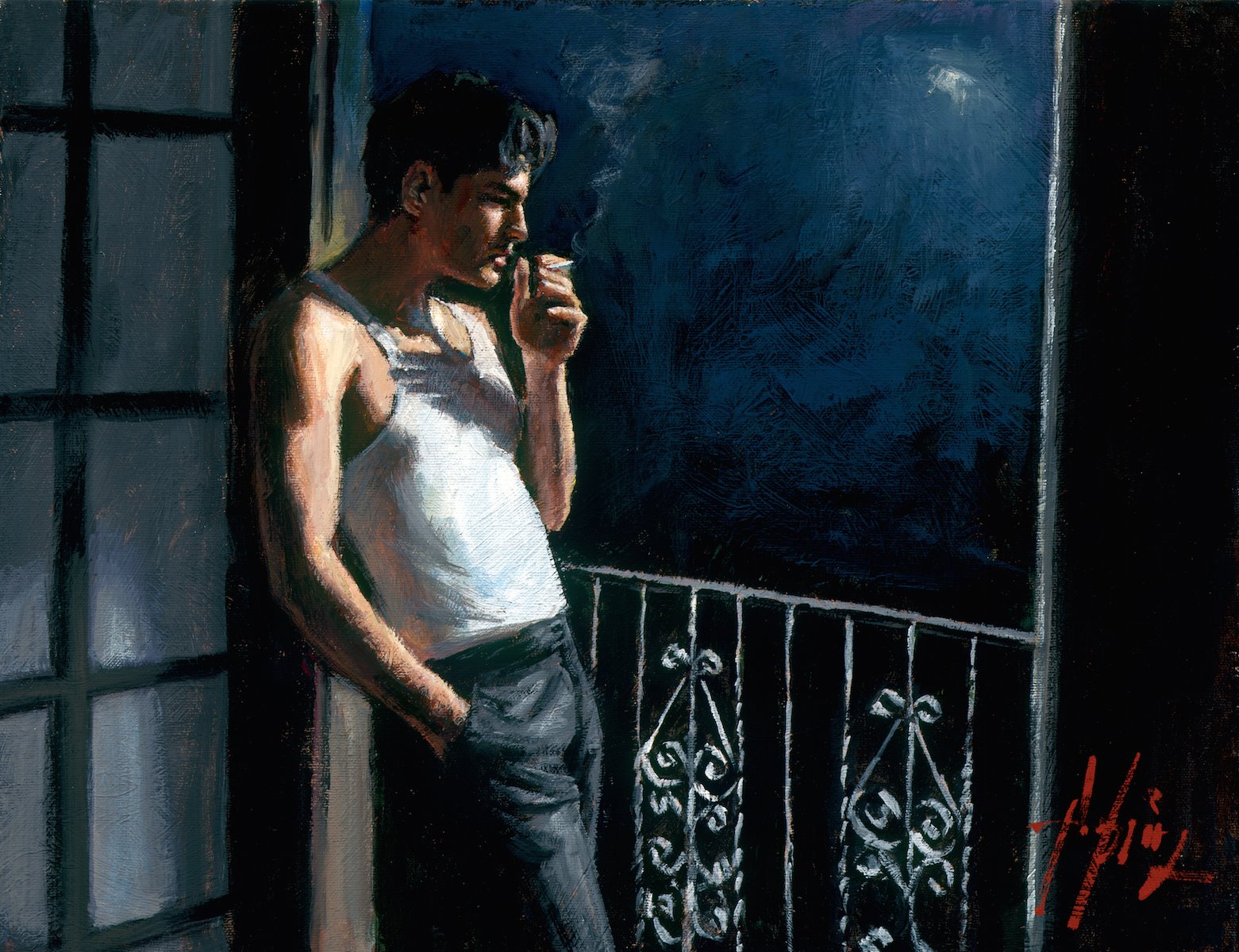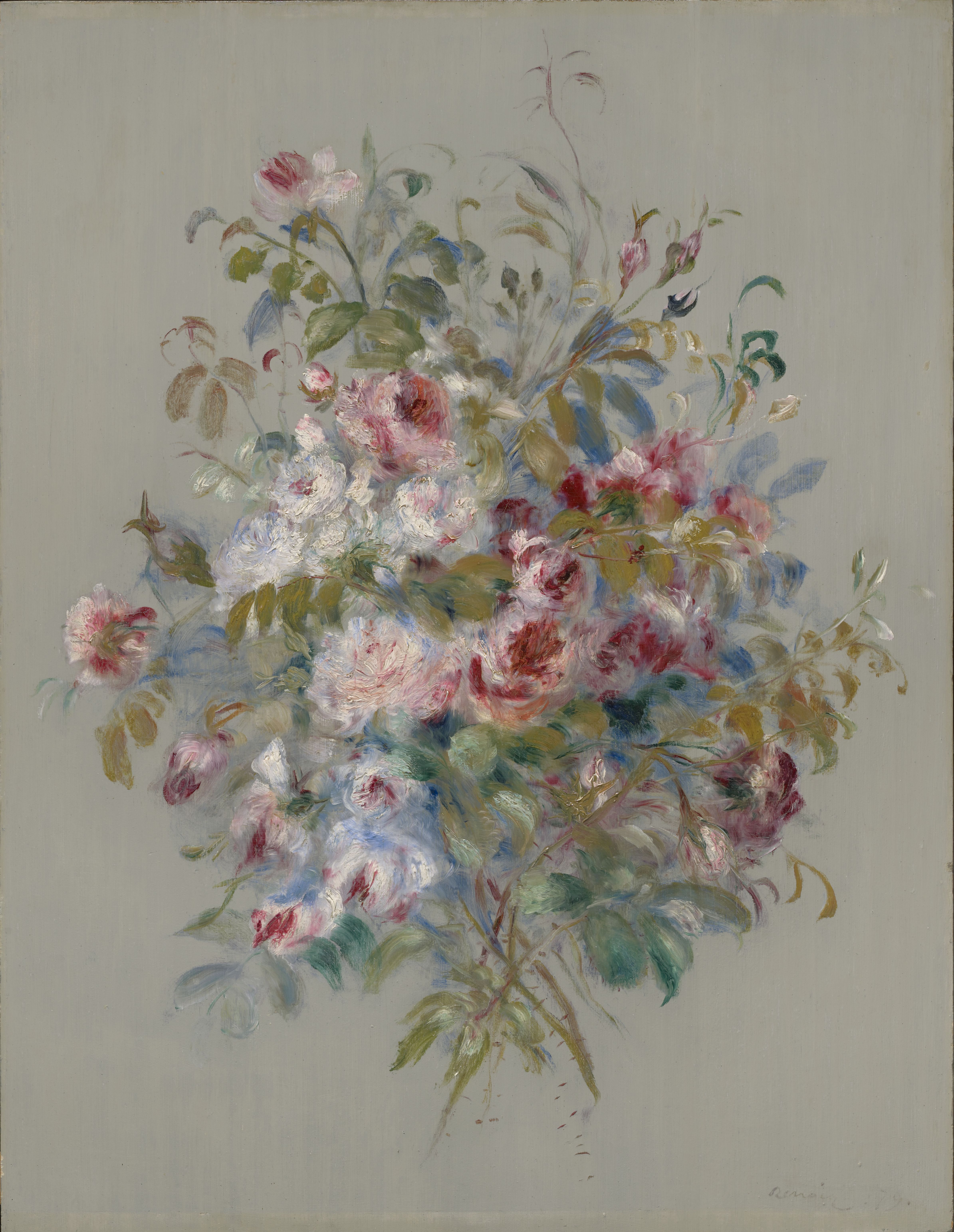Johann Friedrich Overbeck (3 July 1789 - 12 November 1869) was a German painter. A member of the Nazarene movement - group of early 19th-century German Romantic painters who aimed to revive spirituality in art. The name Nazarene came from a term of derision used against them for their affectation of a biblical manner of clothing and hair style - he also made four etchings.
Early life and education
Born in Lübeck, his ancestors for three generations had been Protestant pastors; his father Christian Adolph Overbeck (1755-1821) was doctor of law, poet, mystic pietist and burgomaster of Lübeck.
Within a stone's throw of the family mansion in the Konigstrasse stood the Gymnasium, where the uncle, doctor of theology and a voluminous writer, was the master; there the nephew became a classic scholar and received instruction in art.














